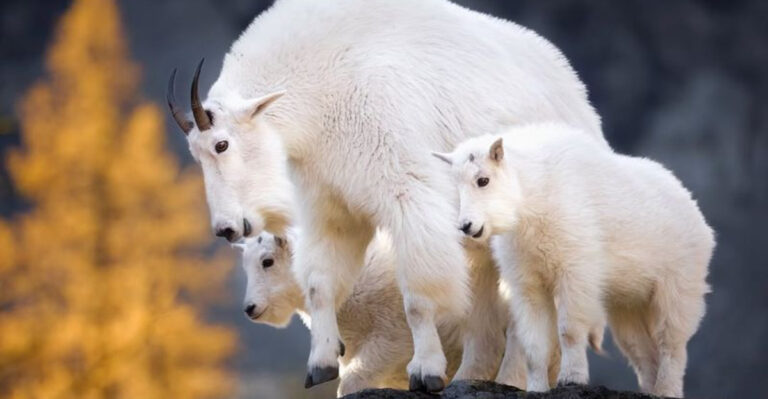15 Of The Largest Sea Creatures Ever Discovered In Our Oceans
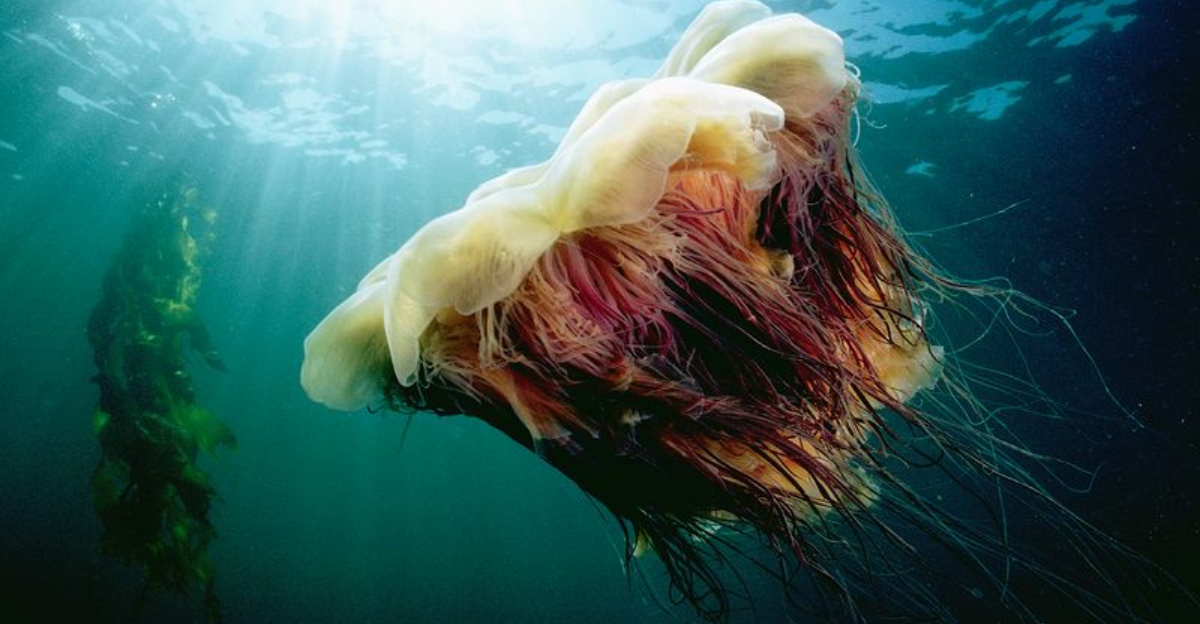
Our oceans hide incredible giants beneath their waves, mysterious behemoths that challenge our imagination.
These massive marine creatures, some longer than basketball courts and heavier than buses, have evolved remarkable adaptations to thrive in the deep.
1. Blue Whale: The Undisputed Ocean King
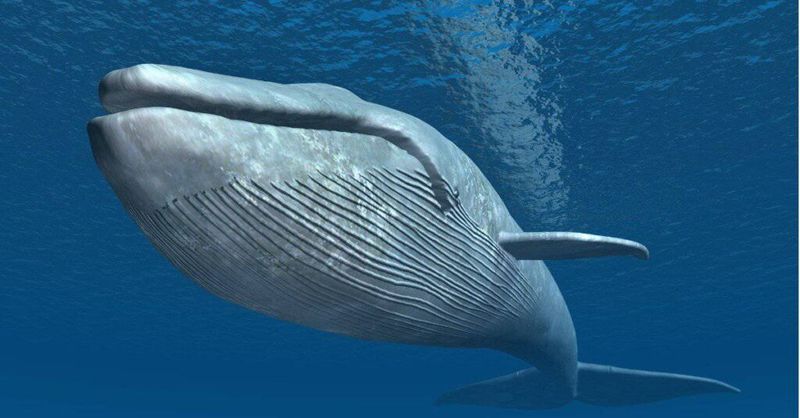
Weighing up to 200 tons and stretching longer than three school buses, the blue whale reigns as the largest animal ever to exist on Earth. Their hearts alone are the size of small cars!
These magnificent mammals can consume 4 tons of krill daily, fueling their enormous bodies through massive gulps of water. Despite their incredible size, they’re surprisingly fast swimmers, reaching speeds of 30 mph when threatened.
2. Whale Shark: Gentle Spotted Giant
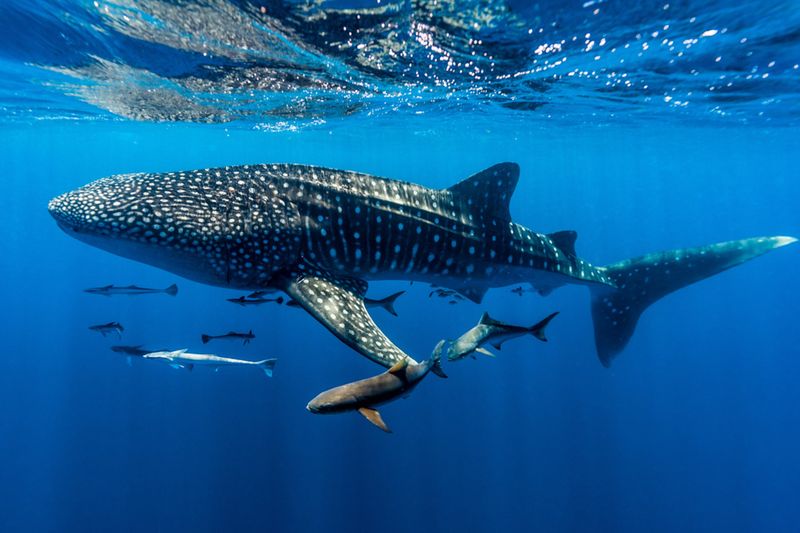
Dappled with white spots and reaching lengths of 40 feet, whale sharks glide through tropical waters with mouths that can span 5 feet wide. Yet these filter-feeding behemoths pose no threat to humans.
Scientists track their mysterious migrations across thousands of miles of open ocean. Female whale sharks may carry up to 300 pups at once, though they give birth to just a few, making these gentle giants a marvel of oceanic reproduction.
3. Giant Squid: Mysterious Deep-Sea Legend
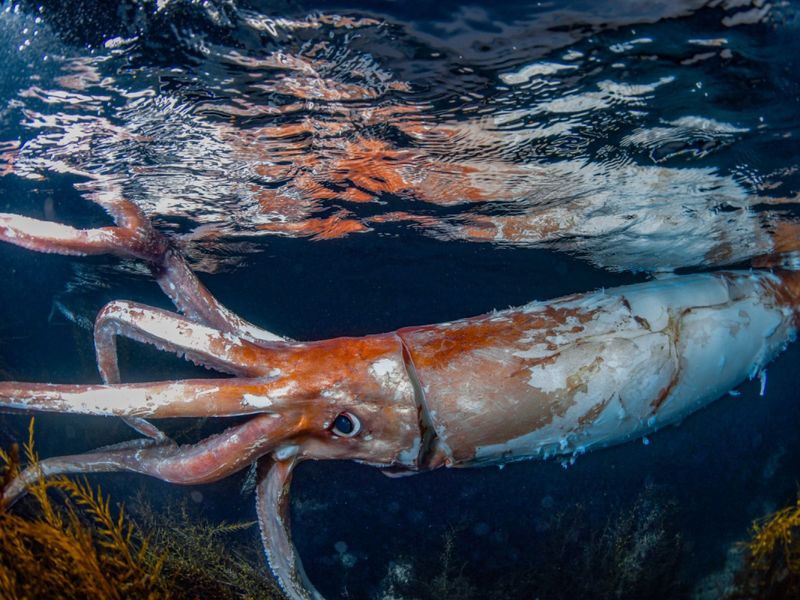
Lurking in the darkness of the deep ocean, giant squid can reach astonishing lengths of up to 43 feet. Their dinner-plate sized eyes—the largest in the animal kingdom – help them spot predators in the abyss.
For centuries, these elusive creatures inspired terrifying sea monster legends among sailors. The first live giant squid wasn’t filmed until 2012, highlighting how little we know about these colossal cephalopods that battle sperm whales in the ocean depths.
4. Lion’s Mane Jellyfish: Tentacled Ocean Titan
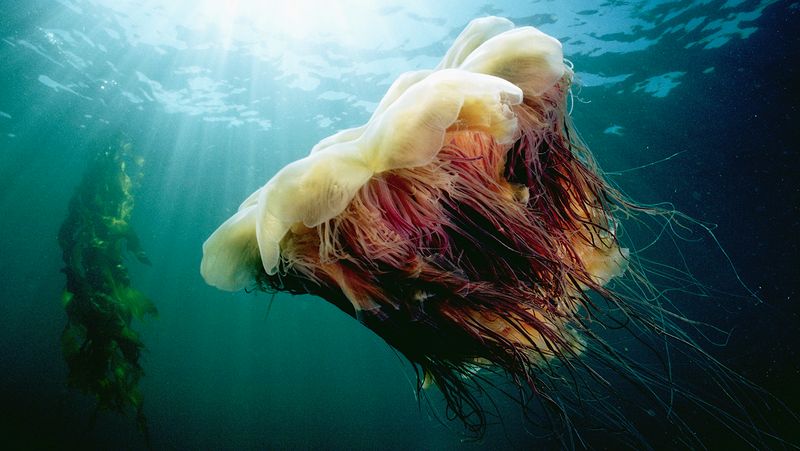
Trailing venomous tentacles that can extend over 100 feet, the Lion’s Mane jellyfish boasts the longest appendages in the animal kingdom.
Its bell can grow to 8 feet across, resembling a massive, pulsating umbrella. Arctic and northern waters are home to these stunning creatures, whose fiery orange and red colors inspired their regal name.
Though their sting is painful, they rarely cause serious harm to humans, instead focusing their predatory skills on fish and smaller jellyfish.
5. Colossal Squid: Antarctic Deep-Sea Monster
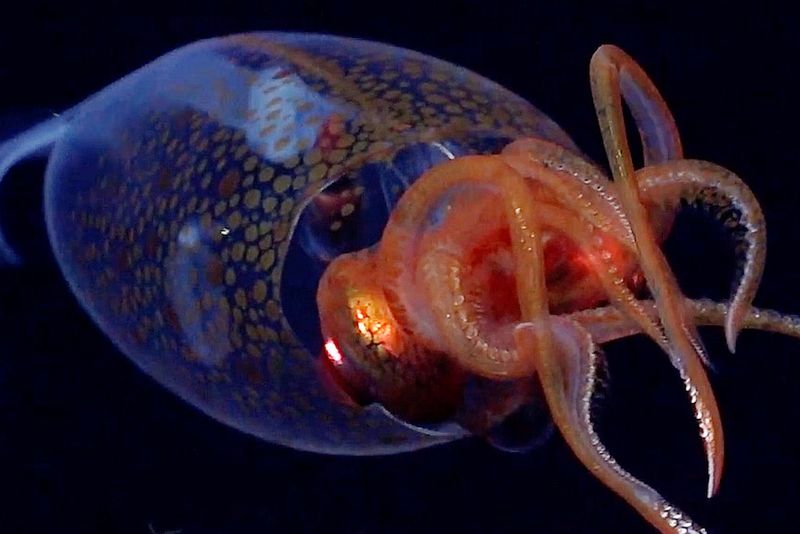
Armed with rotating hooks on its tentacles, the colossal squid is the stuff of nightmares. While slightly shorter than its giant cousin, this Antarctic predator is much heavier, weighing up to 1,650 pounds.
Their enormous eyes contain light-emitting organs, helping them hunt in the darkness.
Rarely seen alive, most of what we know comes from specimens found in sperm whale stomachs or accidentally caught by fishing vessels exploring the southern oceans.
6. Basking Shark: Open-Mouthed Filter Giant
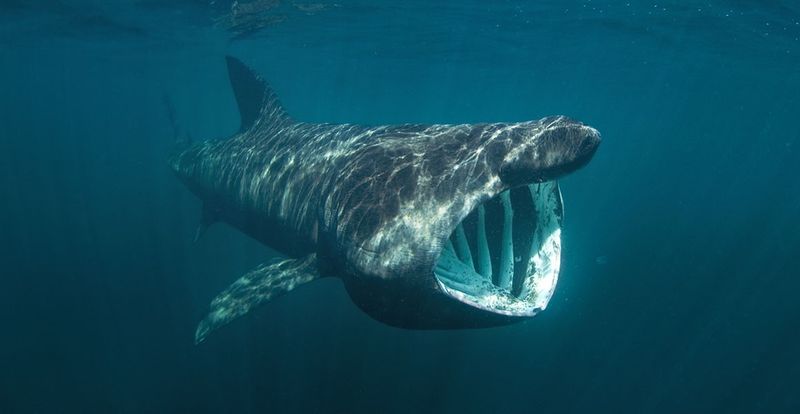
Swimming with its cavernous mouth wide open, the basking shark appears terrifying but feeds exclusively on microscopic plankton.
As the second-largest fish in the ocean, it can reach lengths of 40 feet and filter 2,000 tons of water hourly. Their slow, methodical movements near the surface once made them easy targets for hunters.
Unlike most sharks, basking sharks lose and replace their thousands of tiny teeth constantly, shedding them like a conveyor belt throughout their long lives.
7. Manta Ray: Winged Ocean Dancer
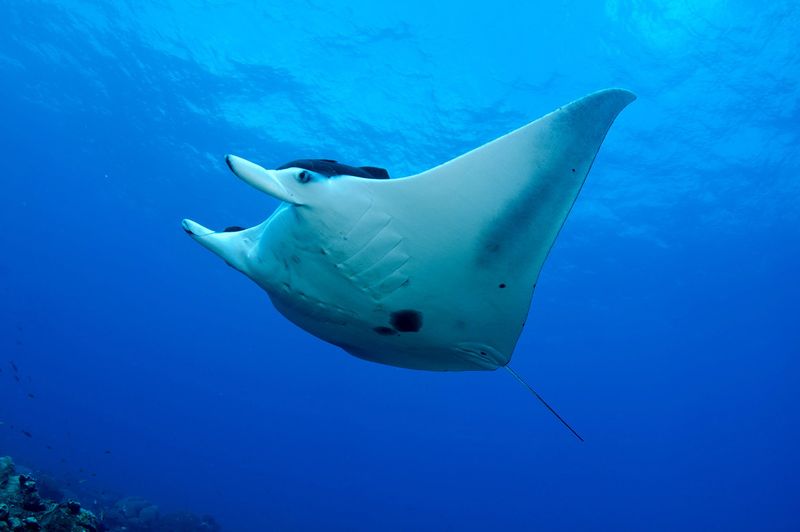
Gracefully soaring through the water like underwater birds, manta rays can span 23 feet from wingtip to wingtip.
These intelligent giants have the largest brain-to-body ratio of any cold-blooded fish. Unlike stingrays, mantas lack defensive barbs, relying instead on their impressive size and agility.
They perform mesmerizing underwater ballets when feeding, creating cyclones of movement to concentrate plankton before gliding through with mouths agape, showcasing both beauty and hunting efficiency.
8. Oarfish: Sea Serpent Of The Deep
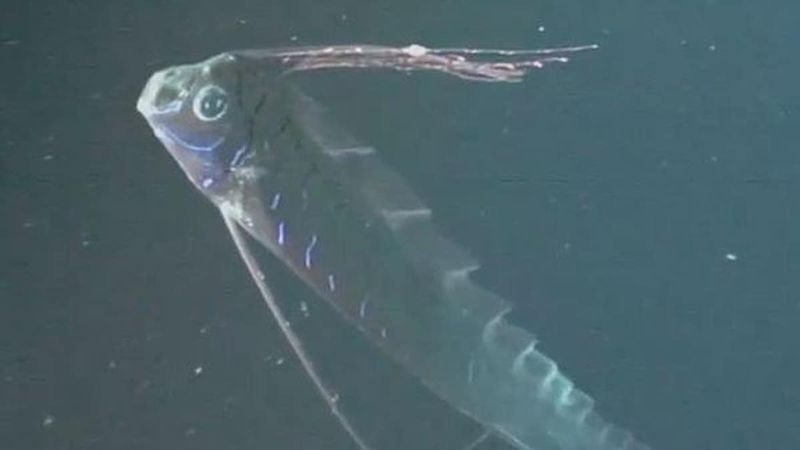
Silvery and ribbon-like, the oarfish can grow to an astounding 56 feet long. With its crimson dorsal fin and serpentine shape, it’s easy to see why sailors once mistook these rare creatures for sea monsters.
Living at depths of 3,000 feet, these deep-sea dwellers rarely venture to the surface unless sick or dying. Their bizarre appearance – complete with red head crests and oar-shaped fins – continues to captivate marine biologists who rarely get to observe them in their natural habitat.
9. Sperm Whale: Deep-Diving Leviathan
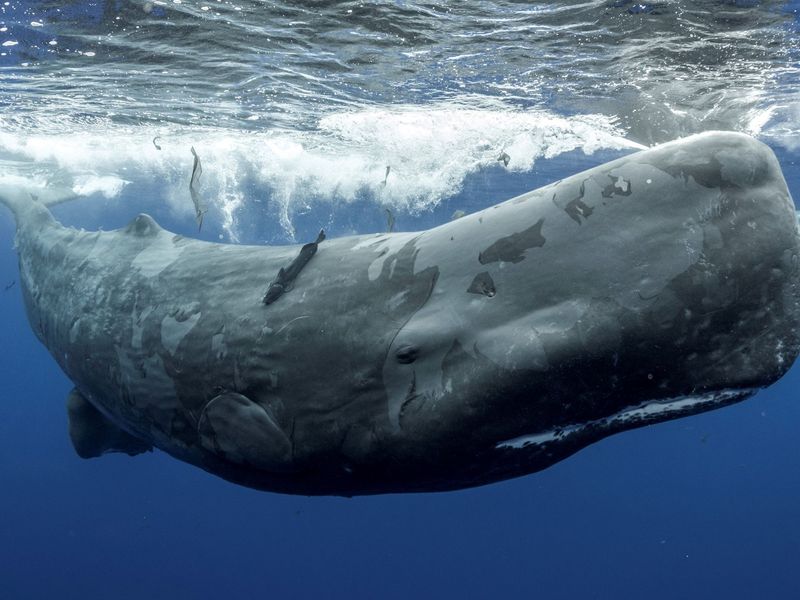
Possessing the largest brain on Earth and capable of diving nearly two miles deep, sperm whales are ocean giants that inspired Moby Dick. Their massive, block-shaped heads contain up to 500 gallons of spermaceti oil.
These social leviathans communicate through complex patterns of clicks called codas, creating unique dialects for different pods. As fierce hunters, they’re the only natural predators of giant squid, battling these colossal prey in lightless abyssal plains far beyond human reach.
10. Japanese Spider Crab: Long-Limbed Ocean Walker
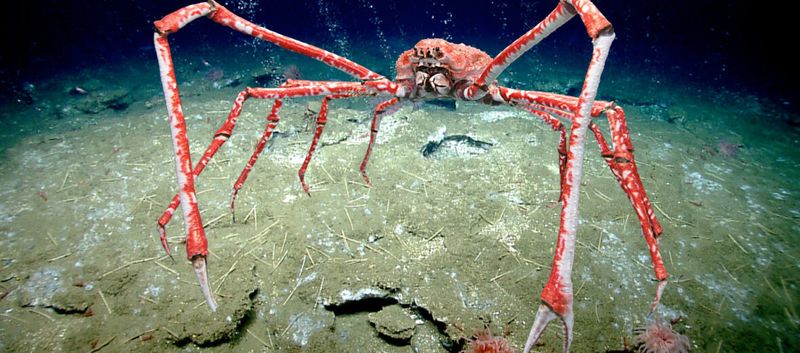
Scuttling across the ocean floor on legs that can span 12 feet, Japanese spider crabs look like something from science fiction. Their claws are powerful enough to snap fishing lines, while their armored bodies can weigh up to 42 pounds.
Native to the deep waters off Japan, these crustacean giants can live for 100 years. They decorate their shells with sponges and anemones for camouflage, creating living disguises that transform these massive arthropods into walking underwater gardens.
11. Ocean Sunfish: Floating Disc Behemoth
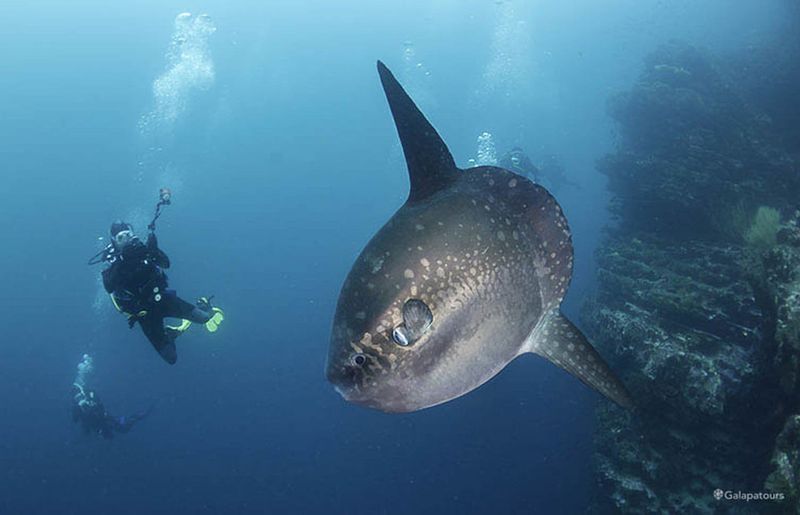
Resembling a swimming head with tiny fins, the ocean sunfish (Mola mola) can weigh up to 2.5 tons. Despite their bizarre appearance, these gentle giants grow from tiny larvae to become the heaviest bony fish in the world.
They feast primarily on jellyfish, requiring enormous quantities to sustain their massive bulk. Sunfish often float on their sides at the surface, basking in sunlight to warm themselves after deep dives, creating the illusion of a giant disc drifting aimlessly through the waves.
12. Giant Pacific Octopus: Eight-Armed Intelligence
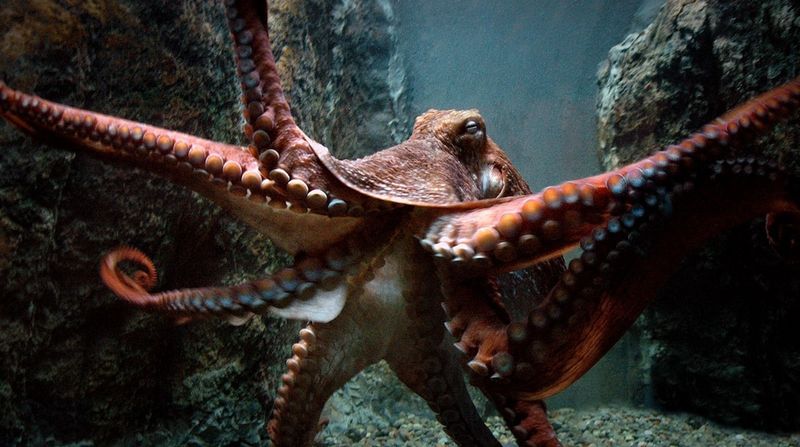
Masters of disguise with arms spanning 20 feet, giant Pacific octopuses can squeeze through holes the size of quarters despite weighing 150 pounds. Their copper-based blood gives them a bluish appearance when cold.
With nine brains (one central plus one in each arm) and problem-solving abilities, they’re marine Einstein’s. These short-lived giants can learn to open jars, recognize human faces, and even engage in play behaviors, demonstrating intelligence rarely seen in invertebrates.
13. Giant Isopod: Deep-Sea Armored Titan
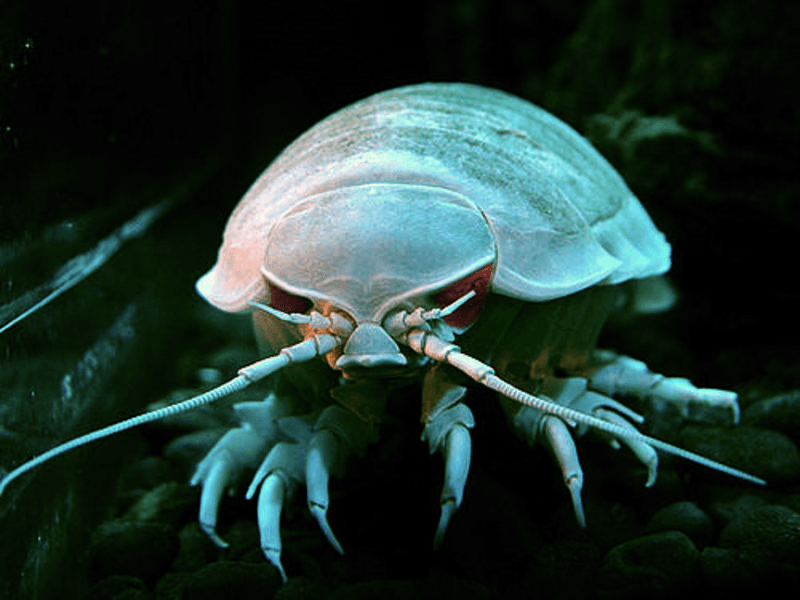
Looking like prehistoric pill bugs on steroids, giant isopods can grow to 16 inches long in the crushing depths of the ocean. Their segmented exoskeletons protect them from pressures that would crush submarines.
Scavenging in the deep ocean where food is scarce, these crustaceans can go years between meals. When they do find food—like a whale carcass—they gorge until their bodies swell to twice their normal size, storing energy for the long famine periods that define life in the abyss.
14. Giant Grouper: Massive Reef Dweller
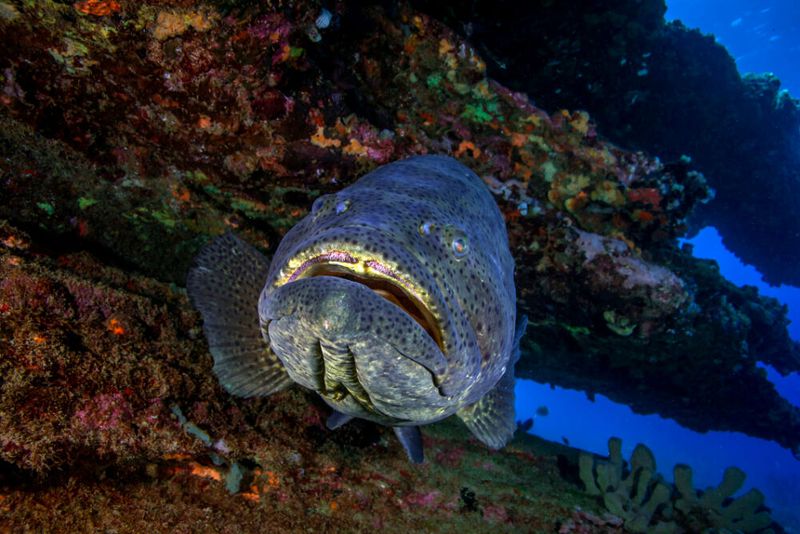
Lurking among coral reefs with mouths big enough to swallow divers whole, giant groupers can reach 9 feet in length and tip scales at 800 pounds. Their ability to change color helps them ambush prey or disappear against reef backgrounds. Despite their intimidating size, these fish are surprisingly shy.
They use their bucket-sized mouths to create powerful suction, inhaling smaller fish and crustaceans in milliseconds. Ancient specimens develop distinctive facial markings, earning them the nickname “old men of the sea.”
15. Giant Barrel Sponge: Living Ocean Bathtub
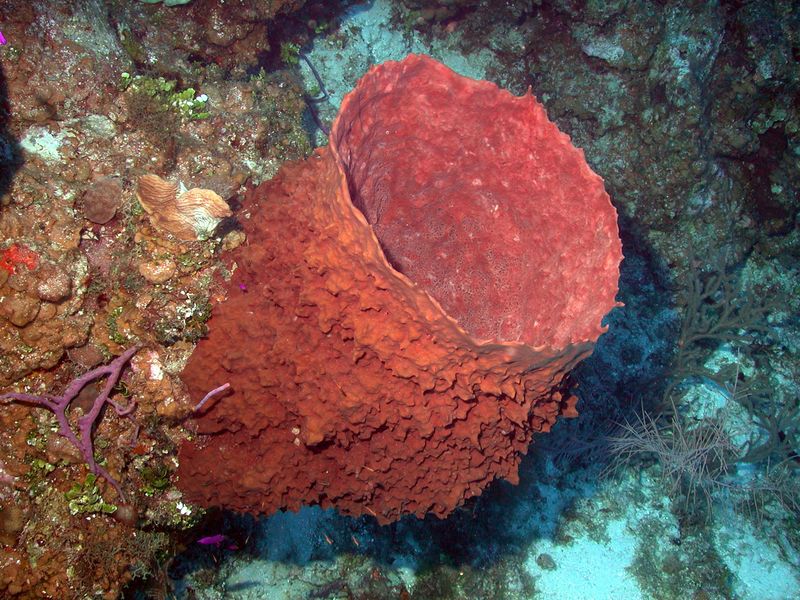
Often overlooked in lists of ocean giants, barrel sponges can grow larger than cars, with some specimens reaching 6 feet across and living over 2,000 years. Their barrel-shaped bodies filter thousands of gallons of seawater daily. Scientists call them the “redwoods of the reef” for their incredible longevity.
Despite looking like simple structures, these ancient animals contain complex communities of bacteria that produce chemicals being studied for cancer treatments, showing that ocean giants contribute to human medicine in unexpected ways.




